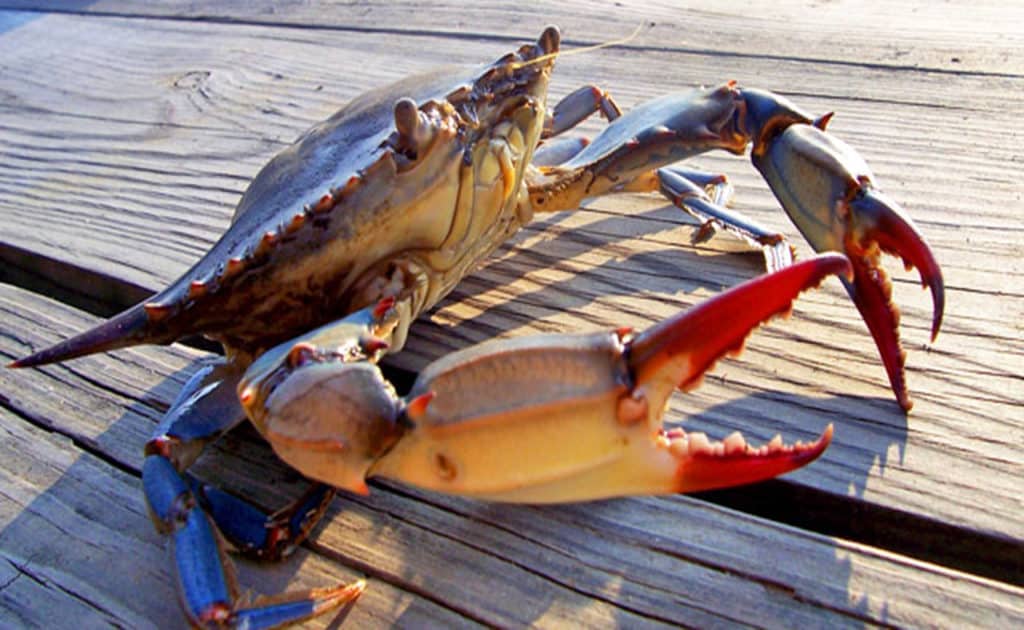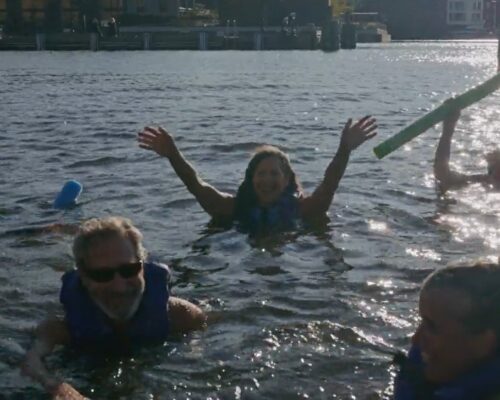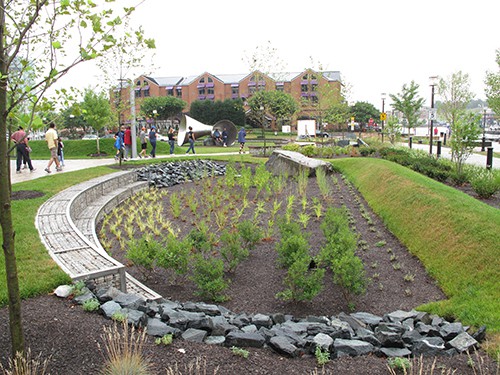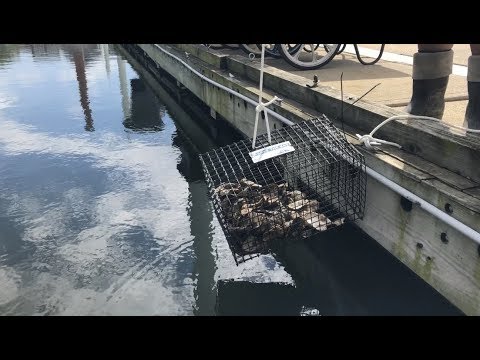In the next 80 years, winter on the Chesapeake Bay could be half as long as it is now– and that’s a win for our local blue crabs.
Scientists from the University of Maryland Center for Environmental Science (UMCES) predict warmer winters will lead to 20% more blue crabs surviving until spring, allowing for longer and more productive crabbing seasons.
In the just-published, cleverly-titled study “Winter is (not) coming: warming temperatures will affect the overwinter behavior and survival of blue crab, UMCES researchers looked at increasing Bay temperatures and predictions for the trend to continue. They found that “winters will be up to 50% shorter by 2100,” and it’s possible that someday, crabs, which spend the winter dormant, buried in mud on the bottom of the Bay, won’t have to go dormant at all.
“Blue crabs are a climate change winner in the Bay. As the Bay gets warmer they will do better because they are a more tropical species,” said study co-author and UMCES Professor Tom Miller. “We always hear about those species that are going to struggle or move. Blue crab are going to do better.”
In addition to making crabs more plentiful, warm water temperatures may also cause them to get bigger.
“Water temperatures are warming and the crabs are cold blooded so their metabolic rate is directly related to warmer temperature. Warmer water means they grow faster,” says researcher Hillary Lane Glandon.
So what could a blue crab harvest in the 2100s look like? Scientists liken future Bay crab behavior to the current behavior of crabs in the North Carolina sounds, and further south.
“In 100 years, we would expect winter for crabs in Solomons to look more like winter currently looks in southern North Carolina,” said Glandon. “No winter for the crabs.”
While many of us like the sound of big, plentiful crabs and warmer winters, UMCES points out that there could actually be negative effects of a booming crab population. If crabs are active all winter long, they’ll be looking for food when they would normally be dormant.
“If crabs start moving and feeding year-round, they represent an added predation pressures on the bay’s ecosystem, and we don’t know how the ecosystem will respond,” says Miller.
UMCES used 78 years of daily temperature measurements collected in the Patuxent River to create a computer-modeled projection of the temperature for the next 100 years. Starting in 1938, water temperatures were taken by hand every day at noon at the Chesapeake Biological Laboratory pier. Starting in 2012, they are taken by automatic instruments. The average daily temperature has increased 3.2˚F since 1938.
By 2100, atmospheric and ocean temperatures are projected to warm by 4.7-8.6°F from what they are today– if greenhouse gas emissions continue on their current path.
Glandon sums it up: “Our analysis of historical and future predicted temperatures indicates that water temperatures will continue to rise in the Chesapeake Bay through the year 2100. This increase in water temperature will occur equally in all seasons of the year, and will therefore affect blue crab wintertime behavior and survival.”
-Meg Walburn Viviano




